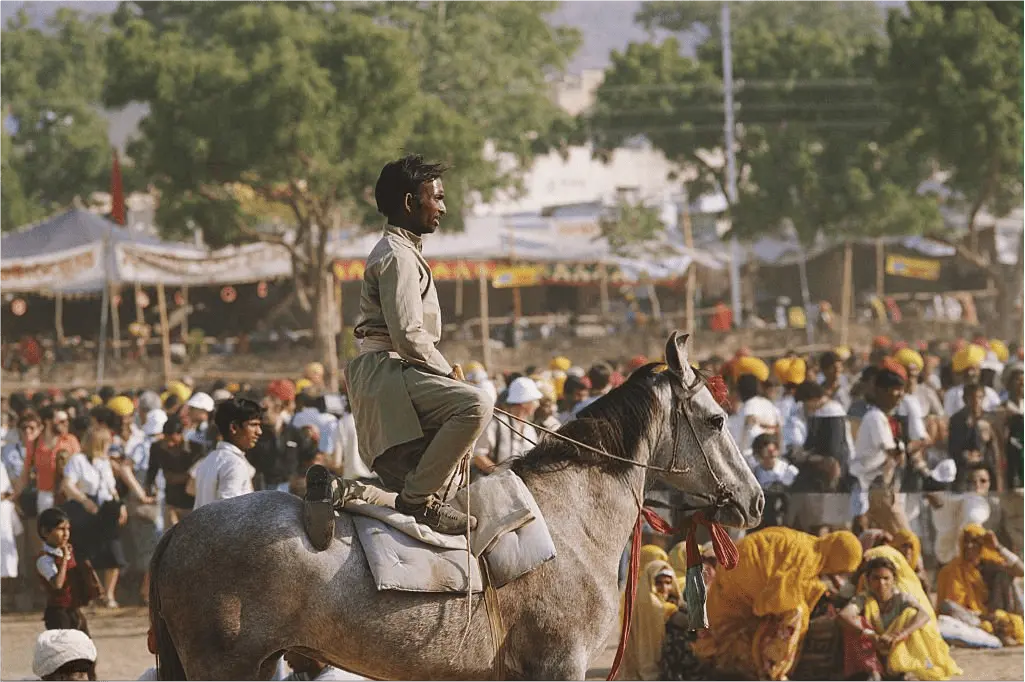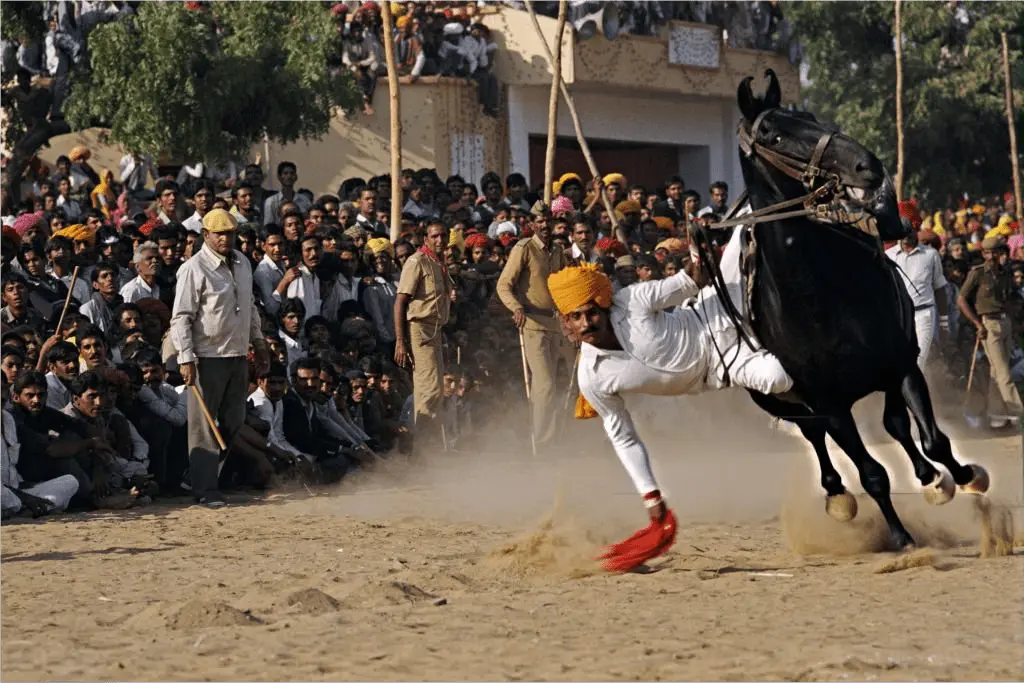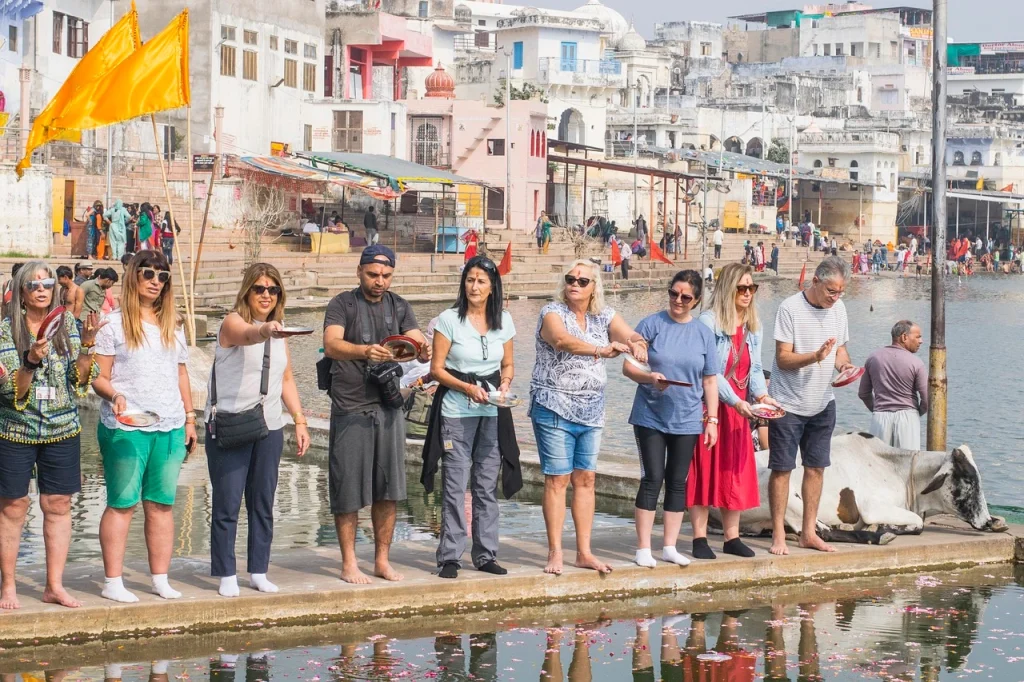Rajasthan is famous for its vibrant culture, grand palaces, desert landscapes, and colorful festivals—but few experiences are as soul-stirring and culturally immersive as the Pushkar Fair. Known locally as Pushkar Mela, this centuries-old event blends religious devotion with livestock trading and folk festivities. It’s a unique blend of spirituality, commerce, and culture that draws travelers from around the globe.
If you’re planning a visit, here’s your complete Pushkar Fair Travel Guide covering everything from what to expect to the best time to go, along with practical travel tips.
What is the Pushkar Fair?
The Pushkar Fair is one of the world’s largest and most famous camel and livestock fairs, held annually in the small town of Pushkar in Rajasthan, India. Though it began as a livestock trading event, the fair has evolved into a week-long celebration of Rajasthani culture, rural life, spirituality, and tradition.
The fair coincides with the Kartik Purnima (full moon day of the Hindu month Kartik, typically in October or November), which is considered highly auspicious for taking a holy dip in the sacred Pushkar Lake. Pilgrims flock to the town for religious rituals while locals and tourists join in the festivities.
When is the Best Time to Visit Pushkar Fair?
The Pushkar Fair is usually held in October or November, with the exact dates changing each year based on the lunar calendar. The event spans around 8–10 days, culminating on Kartik Purnima, the most spiritually significant day.

Pushkar Fair 2025 Dates (Tentative):
-
Start: October 29, 2025
-
End: November 6, 2025
-
Kartik Purnima: November 6, 2025
If you want to experience the fair in its full glory—colorful parades, camel races, cultural performances, and bustling markets—plan to be there 3–4 days before Kartik Purnima.
What to Expect at the Pushkar Fair
The Pushkar Fair is a kaleidoscope of sights, sounds, and traditions. Here’s what you can expect:
1. Camel & Livestock Trading
Traditionally, the fair is centered around camel trading. Thousands of camels, horses, and cattle are decorated with vibrant patterns, jewelry, and painted motifs. You’ll witness grooming competitions, camel parades, and trading negotiations between rural farmers.
2. Religious Significance
Pushkar is one of the few places in the world with a temple dedicated to Lord Brahma, the Hindu creator god. Pilgrims bathe in the holy Pushkar Lake to wash away sins. Visiting the Brahma Temple, attending the evening aarti, and watching rituals by the ghats is a must for those interested in spiritual experiences.
3. Cultural Programs
Folk music, Kalbelia dance performances, puppet shows, acrobat acts, and storytelling sessions bring Rajasthan’s rich culture to life. Cultural evenings organized by the Rajasthan Tourism Department offer a more immersive experience.
4. Competitions & Festivities
Pushkar Fair is known for quirky and fun competitions like:
-
Matka phod (pot-breaking)
-
Longest moustache
-
Turban tying
-
Camel beauty contests These lively events are open to spectators and sometimes even travelers.
5. Handicraft Shopping
The fair is a paradise for shoppers looking for authentic Rajasthani handicrafts, including:
-
Hand-embroidered clothes
-
Leather goods
-
Silver jewelry
-
Camel-themed souvenirs
-
Paintings and textiles
6. Desert Camping & Camel Safaris
During the fair, several luxury tents and desert camps are set up around Pushkar offering a unique stay experience. You can also enjoy sunset camel safaris or jeep rides through the dunes.
Tips for Travelers Attending the Pushkar Fair
1. Book Accommodations in Advance
Hotels and camps fill up quickly during the fair. Booking your stay at least 2–3 months in advance is recommended, especially if you’re opting for a desert camp or heritage hotel.
2. Dress Modestly
Pushkar is a sacred town, and modest dressing is appreciated. Light cotton clothes in earthy colors with a scarf or shawl for temple visits are ideal.
3. Stay Hydrated
Rajasthan’s dry climate can be dehydrating. Carry a water bottle, especially when walking around the fairgrounds.
4. Carry Cash
While digital payments are growing, many vendors still prefer cash, especially in smaller markets.
5. Respect Local Customs
Do not take photographs of people without asking, especially during religious ceremonies. Remove footwear before entering temples or ghats.

How to Reach Pushkar
By Air:
The nearest airport is Kishangarh Airport (KQH), about 40 km from Pushkar. You can also fly into Jaipur International Airport (JAI), 150 km away.
By Train:
Pushkar has a small railway station with limited connectivity. Most travelers use Ajmer Railway Station (11 km away) and take a cab or bus to Pushkar.
By Road:
Pushkar is well-connected by roads and buses from major cities in Rajasthan like Jaipur, Jodhpur, and Udaipur. Driving or hiring a cab is convenient and scenic.
Places to Explore Around Pushkar
While the fair itself is the main attraction, Pushkar has much to offer beyond the festivities:
-
Brahma Temple – The most important temple in town
-
Pushkar Lake – Surrounded by over 50 ghats
-
Savitri Temple – A trek-worthy hilltop shrine with panoramic views
-
Desert Safari – Great for sunrise or sunset experiences
-
Ajmer – Visit Ajmer Sharif Dargah, just 30 minutes away
Final Thoughts
The Pushkar Fair is more than just a cultural event—it’s an experience that transports you into the heart of Rajasthan’s heritage and tradition. Whether you’re a spiritual seeker, cultural enthusiast, or photography lover, this fair promises something unforgettable.
Plan your trip well, pack wisely, and open your heart to one of India’s most vibrant and surreal festivals. A journey to Pushkar during the fair is not just a trip; it’s a cultural immersion unlike any other.

